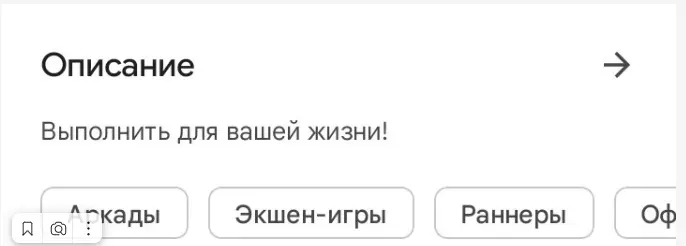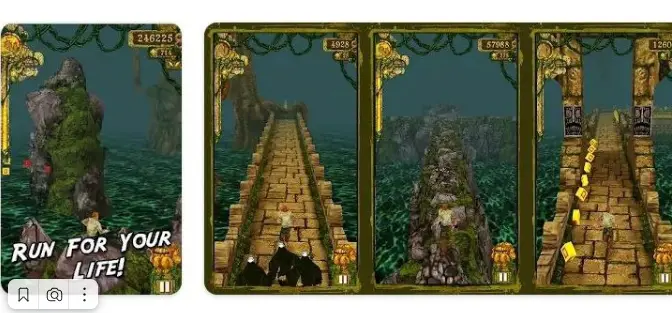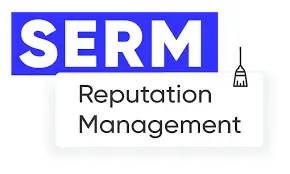Mobile apps are essential for many companies, as they offer constant and convenient contact with consumers. However, simply developing a product isn't enough; it needs to be promoted. An effective marketing tool like ASO or App Store Optimization can help with this. We'll explain what it is and how to optimize mobile apps.
What is ASO app optimization?
ASO ASO is a type of mobile SEO. ASO is now considered a staple of integrated marketing for app owners, as it boosts app rankings for keywords in app stores, as well as increases visibility and performance. As with SEO promotion, app optimization will generate organic traffic long after the work has stopped. However, specific ASO results are difficult to predict, as they depend not only on keyword optimization but also on well-designed graphics.
In addition to regular store searches, apps are also installed through contextual advertising changes. These two methods differ in terms of retention rates. Typically, those who install an app through regular store searches are the most loyal audience, interested in using it regularly.
Promotions on Google Play and the App Store have some differences, but the basics of ASO are the same, and that's where we'll start.
ASO consists of several main stages:
- Defining KPIs before starting work.
- Application audit.
- Competitor analysis.
- Basic optimization.
- Conducting A/B tests with different graphic elements.
How do users search for mobile apps? Give them names and keywords that describe the desired functionality. When a user types a query in the search bar, search suggestions appear, which they can follow. Search engine algorithms account for most, but not all, errors made accidentally while typing on a moving keyboard, and this is worth keeping in mind. The app name and description, along with relevant keywords, are the most important ranking factors.
The icon is responsible for the first impression of the app. When creating it, it's important to adhere to standard store icon sizes, avoid text (the app's name is for that), avoid small, hard-to-see elements, or transparent elements, and avoid using screenshots or photographs as icons. Optimizing the screenshot section, which serves as a user guide, will help increase install conversions.
When choosing keywords and phrases, we recommend avoiding the use of standard semantic search services. Google Play keywords are different from Google search keywords. We recommend first creating a list of associated words and phrases yourself. Only then should you use services to expand your keyword list.
We offer a list of recommendations for ASO in the Google Play store.
- Title. Use a short title of up to 30 characters, taking into account the portion displayed on the catalog page. Place important keywords at the beginning of the title.

- Short Description. The maximum length of the short description is 80 characters. Here, describe the essence of your app, using keywords.

- Full description. The full description can be up to 4,000 characters long. It's a good idea to include compelling, engaging text here, as if a user has reached this point, they're more likely to install the app. The full description is a ranking factor on Google Play, so it's important to include keywords without overloading it—no more than 4-5 for maximum length. The most important keywords for promotion should be placed in the first 167 characters of the description.
- Category Selection. Choose the category that best suits your product, using logic and competitor analysis.
- Icon. Create an attractive icon in accordance with the marketing guidelines.
- Screenshots. Use the maximum number of screenshots possible—8—and create a set of screenshots for each device. You can use special generators to create these.

- Promo Video. Create and upload a promo video between 30 seconds and 2 minutes long. You can also upload videos for each language supported by the store. When creating a video, keep in mind that the most important information should be placed in the first 5 seconds, as very few users will watch it to the end.
- Location. If your app targets multiple regions, you'll need to translate the title, descriptions, keywords, and screenshots into the languages of those regions. To do this, select the languages in the Google Play Developer Console and fill in all the required fields for each language.
Optimizing a game or mobile app on the App Store
- Title. Up to 50 characters long; the visible section is 30 characters long, and this is where you should enter the most important information and priority keywords.
- Full Description. For iPhone apps, the full description isn't a ranking factor, so you can only write a good snippet of text up to 4,000 characters long to attract users. We recommend using line breaks rather than a continuous text.
- The "Keywords" field. This content is not accessible to the average user, but it is one of the most important ranking factors in the App Store. This field will be populated in your iTunes Connect account. You can enter up to 100 characters here. We recommend using all available characters, separating them with commas and without spaces, not duplicating requirements used in the title or description, avoiding the developer's name or other brand names, and writing requirements in descending order of importance.
- Category. Select the most appropriate category based on the topic and participants' preferences.
- Icon. Create an attractive icon that meets industry standards.
- Screenshots. You can use up to five screenshots in the App Store, and the most important ones are the first two (they can be seen when you go to the app page). If you use a video in the description, only one screenshot is displayed.
- Promotional Video. You can publish videos up to 30 seconds long in the App Store and only for one region, so it's recommended to create an animated video without text and a catchy still image for preview.
- Localization. To adapt a cross-regional app for different languages, you need to go to iTunes Connect, select the languages, and then fill in all the required fields.
Features of promoting iOS and Android applications
In addition to app-specific optimization, there are other methods and tools for promoting mobile apps.
Ratings and reviews. In addition to optimizing your app page, you should also work on ratings and reviews—ratings also influence rankings. To avoid negative ratings, we recommend collecting user reviews via a pop-up. However, it's important to configure it so it doesn't interfere with the user's experience, but appears after they've completed an action. Please use a question form to avoid anger and rejection. When promoting Android apps, addressing negative reviews is especially important, as reviewers on Google Play receive an email with the developer's response, allowing them to address them directly and, as a result, receive a higher user rating. However, such careful attention to negative aspects isn't as crucial for promoting iOS apps: the App Store resets the rating every time the app is updated.

App size. Many users prefer not to download large apps, so we recommend paying attention to this parameter.
Mobile app promotion isn't a one-time event, but rather an ongoing effort to maintain the app's competitiveness: regularly implementing and testing new features/changes/improvements, tracking app development trends, and monitoring competitors. All of this requires time and money, as well as a qualified contractor.







